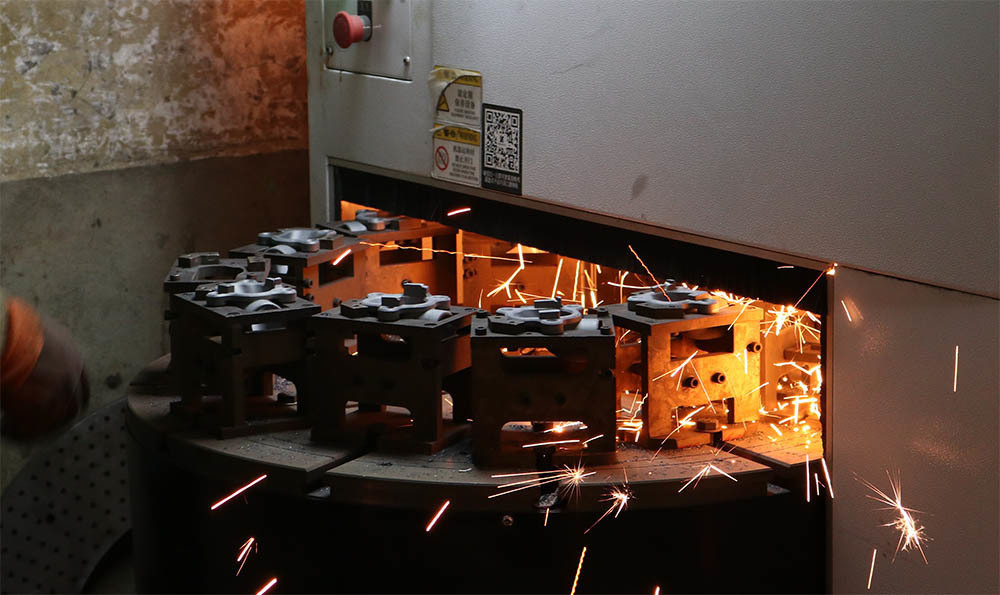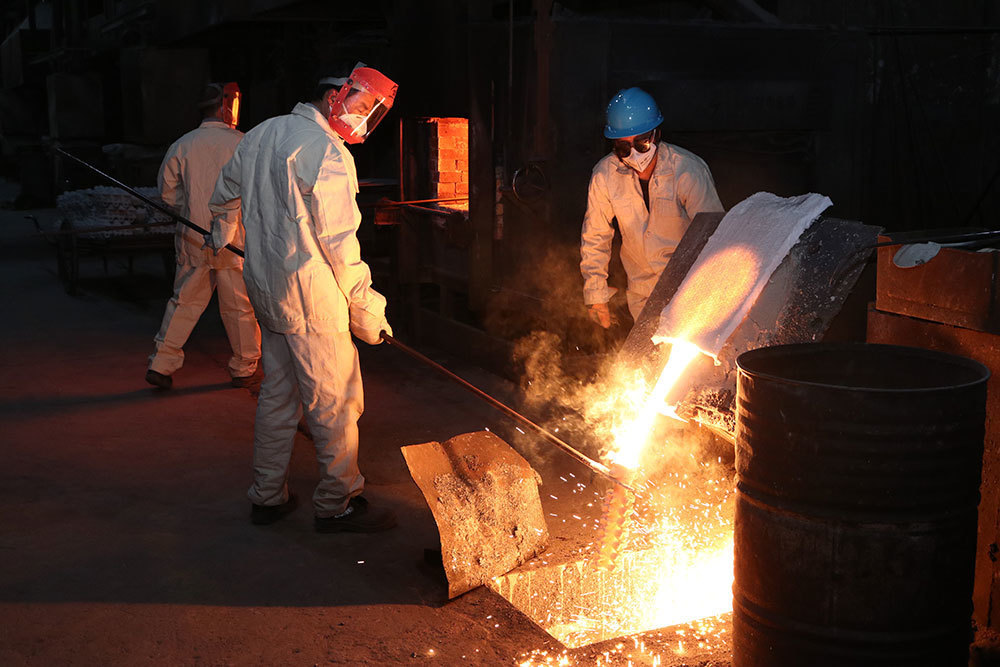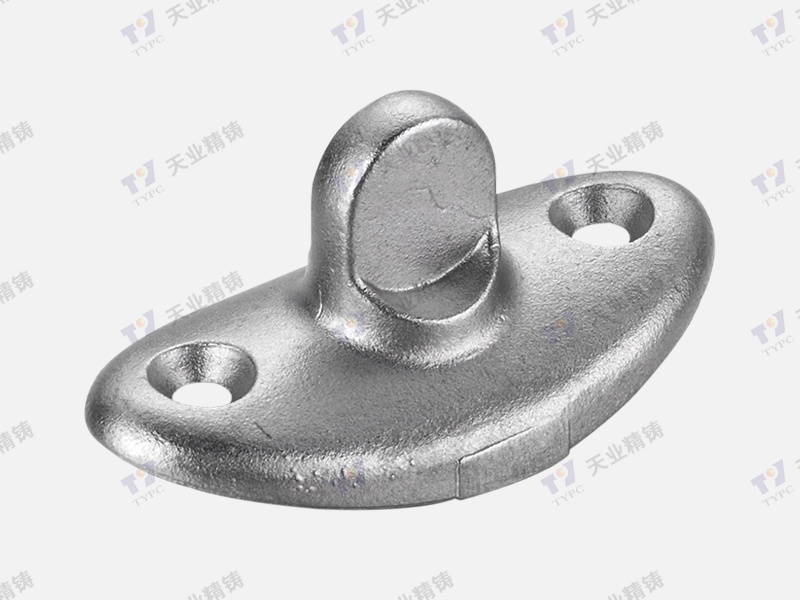2025-05-31
Effortless Upgrades: Simplifying the Process of Replacing Power Tool Parts
Effortless Upgrades: Simplifying the Process of Replacing Power Tool Parts
Table of Contents
- 1. Introduction: The Importance of Power Tool Maintenance
- 2. Understanding Power Tool Parts
- 3. Why You Should Replace Power Tool Parts
- 4. Tools and Materials Needed for Replacement
- 5. Step-by-Step Guide to Replacing Power Tool Parts
- 5.1 Safety First: Precautions Before Starting
- 5.2 Removing the Old Part
- 5.3 Installing the New Part
- 5.4 Testing Your Repair
- 6. Preventative Maintenance for Longevity
- 7. Frequently Asked Questions
- 8. Conclusion: Power Up with Confidence
1. Introduction: The Importance of Power Tool Maintenance
In the world of DIY and professional projects, **power tools** have become indispensable. From drills to saws, these tools enhance efficiency and precision, allowing us to complete tasks with ease. However, the performance of these tools often hinges on the quality of their parts. Regular maintenance and timely replacement of **power tool parts** not only extend the lifespan of your equipment but also ensure safety and optimal performance. This guide aims to simplify the process of replacing power tool parts, making it accessible for everyone.
2. Understanding Power Tool Parts
2.1 Common Power Tool Parts Explained
Power tools consist of various parts, each serving a specific function. Understanding these components can significantly aid in the maintenance and replacement process. Here are some common parts:
- **Motors**: The heart of the power tool, converting electrical energy into mechanical energy.
- **Brushes**: Conduct electricity to the motor; worn brushes can lead to poor performance.
- **Switches**: Control the power supply; faulty switches can render tools inoperable.
- **Drill Bits and Blades**: Essential for cutting or drilling; these wear down over time and require regular replacement.
- **Chucks**: Hold drill bits securely in place; a damaged chuck can affect accuracy.
2.2 Recognizing Wear and Tear in Power Tools
Identifying the signs of wear and tear is crucial for maintaining your power tools. Common indicators include unusual noises, reduced power, overheating, and physical damage to parts. Regularly inspecting your tools can help you catch problems early, allowing for timely replacements.
3. Why You Should Replace Power Tool Parts
Replacing worn or damaged parts is essential for several reasons:
- **Safety**: Malfunctioning parts can pose serious safety risks, leading to accidents or injuries.
- **Performance**: New parts restore the efficiency and effectiveness of your tools, ensuring quality results.
- **Cost-Effectiveness**: Regular replacements can save you money in the long run by extending the lifespan of your tools, reducing the need for costly repairs or replacements.
- **Environmentally Friendly**: Keeping tools in working condition reduces waste and promotes sustainable practices.
4. Tools and Materials Needed for Replacement
Before starting the replacement process, gather the necessary tools and materials. Here’s a list of what you’ll need:
- **Screwdrivers**: Different sizes for removing screws.
- **Wrenches**: For loosening and tightening nuts and bolts.
- **Replacement Parts**: Always use high-quality, compatible parts specific to your tool model.
- **Safety Gear**: Goggles, gloves, and a mask to ensure safety during the process.
- **Cleaning Supplies**: To clean the tool before and after replacement.
5. Step-by-Step Guide to Replacing Power Tool Parts
5.1 Safety First: Precautions Before Starting
Safety should always be your top priority. Before beginning, unplug the tool or remove the battery. Wear safety goggles and gloves to protect yourself from debris and sharp edges. Ensure you are working in a well-lit environment to avoid accidents.
5.2 Removing the Old Part
To replace a part, begin by identifying and accessing the old component. Use the appropriate tools to carefully remove any screws or fasteners. Keep track of all parts and screws, as you will need them for reassembly. For complex tools, refer to the manufacturer's manual for disassembly instructions.
5.3 Installing the New Part
Once the old part is removed, it’s time to install the new component. Align the new part correctly with the existing fittings and secure it using the previously removed screws or fasteners. Ensure that all connections are tight to prevent future malfunctions.
5.4 Testing Your Repair
After installation, it’s crucial to test your tool. Plug it in or reinsert the battery and perform a test run. Check for any unusual noises or vibrations. If everything operates smoothly, your replacement was successful.
6. Preventative Maintenance for Longevity
To avoid frequent replacements, establish a routine maintenance schedule. Here are some tips:
- **Regular Cleaning**: Dust and debris can accumulate in your tools, affecting performance. Clean them after each use.
- **Lubrication**: Apply lubricant to moving parts to reduce friction and wear.
- **Proper Storage**: Store tools in a dry, cool place to prevent rust and damage.
- **Scheduled Inspections**: Periodically check your tools for wear and tear, replacing parts as necessary.
7. Frequently Asked Questions
1. How often should I replace power tool parts?
The frequency of replacement depends on usage and the specific part's wear. Regular inspections can help determine when replacement is necessary.
2. Can I use non-brand parts for replacements?
While non-brand parts may be cheaper, they might not deliver the same performance and can void warranties. It's best to use OEM (Original Equipment Manufacturer) parts.
3. What are the signs that my power tool needs repair?
Signs include inconsistent power, unusual sounds, overheating, and visible damage to components.
4. Is it safe to replace power tool parts myself?
Yes, as long as you follow safety precautions and refer to the manufacturer's guide. If unsure, consult a professional.
5. Can regular maintenance extend the life of my power tools?
Absolutely! Regular maintenance prevents wear and tear, ensuring your tools remain effective and reliable for years.
8. Conclusion: Power Up with Confidence
Maintaining and replacing power tool parts doesn’t have to be a daunting task. By understanding your tools and following a straightforward process, you can ensure that your power tools remain in optimal condition. Regular maintenance not only enhances performance but also guarantees safety and longevity. Equip yourself with knowledge, and tackle replacements with confidence, knowing that you are extending the life of your valuable tools. With these tips and techniques, you are well on your way to effortless upgrades that will serve you well in all your projects.









